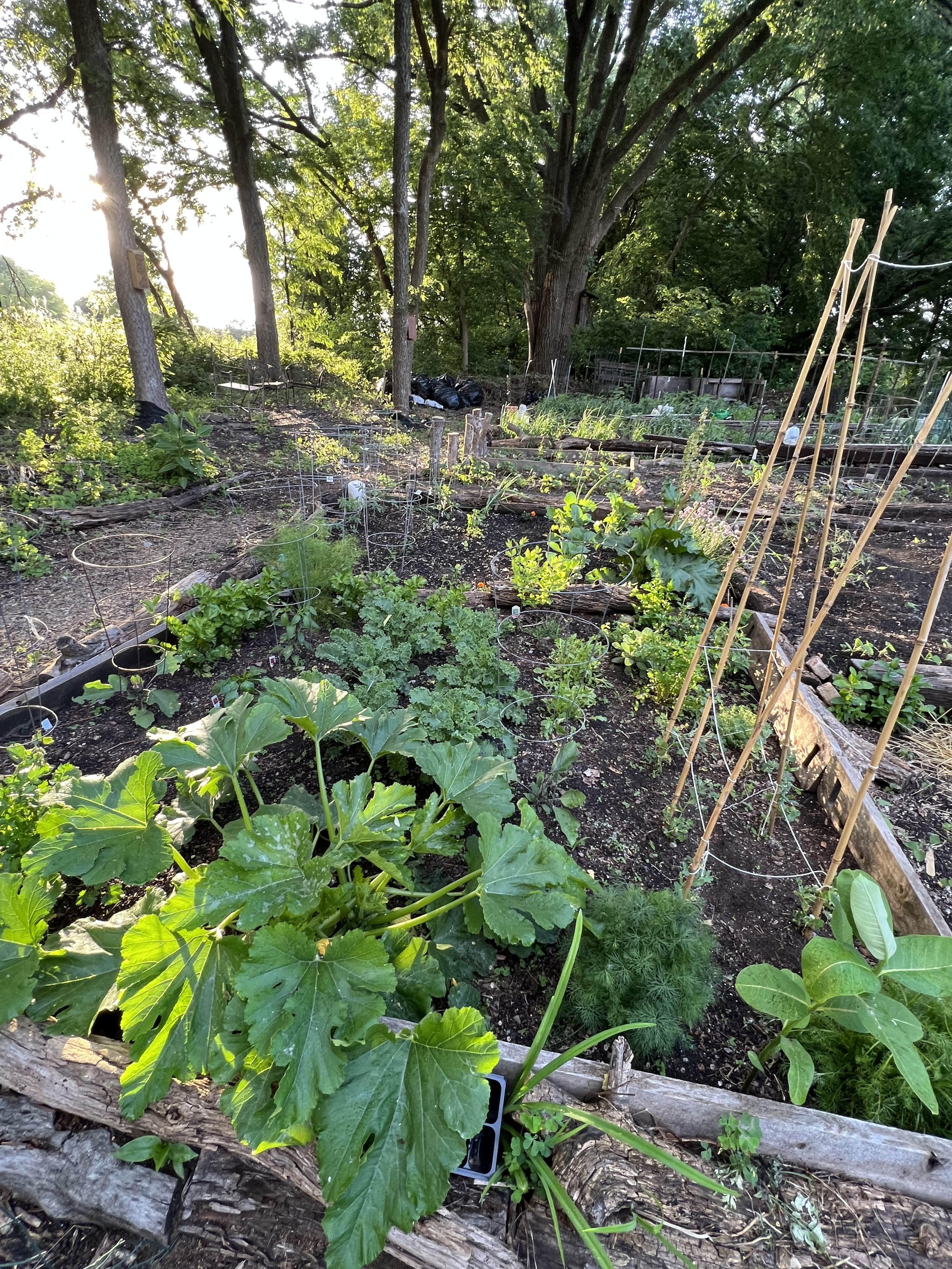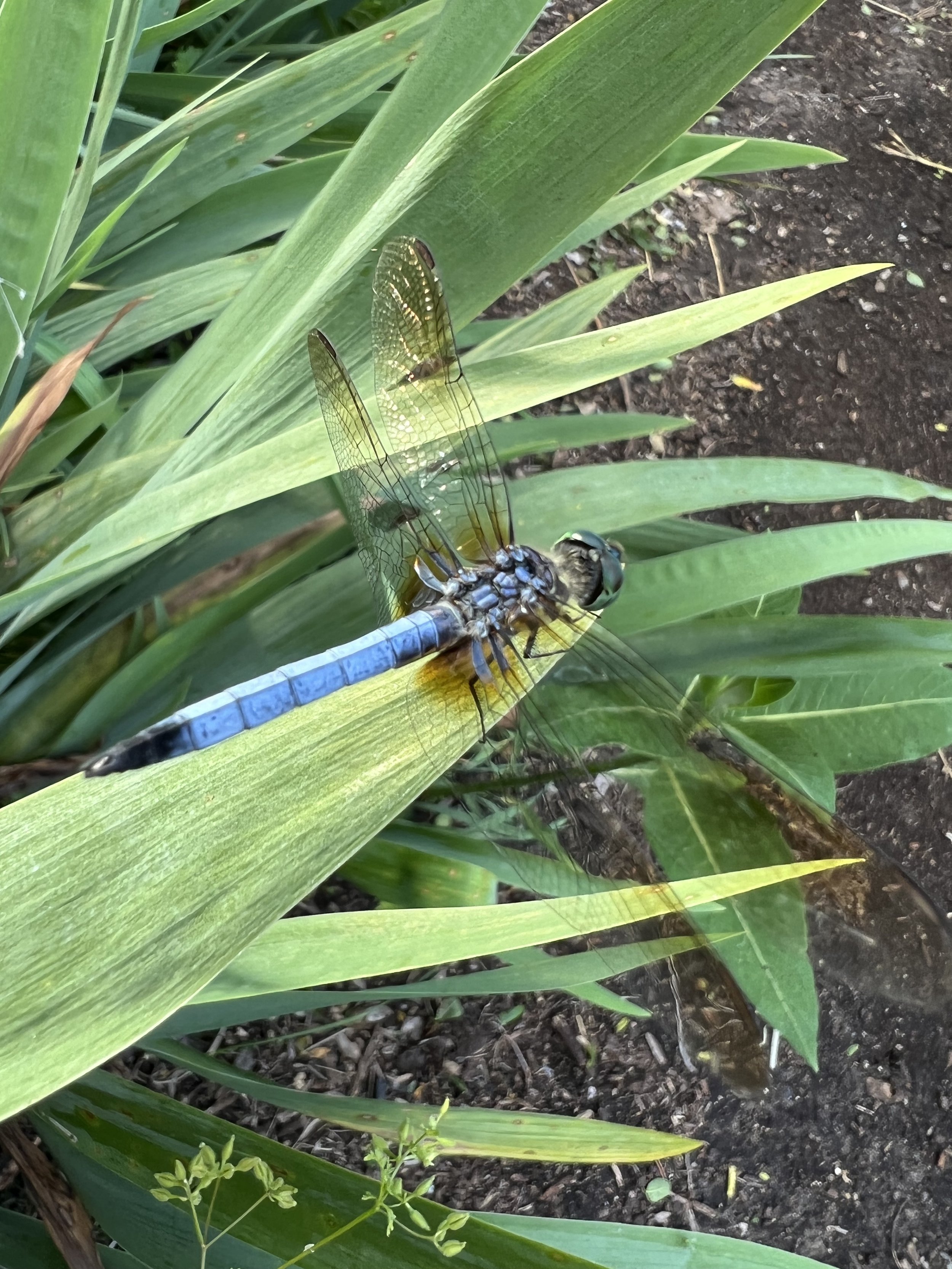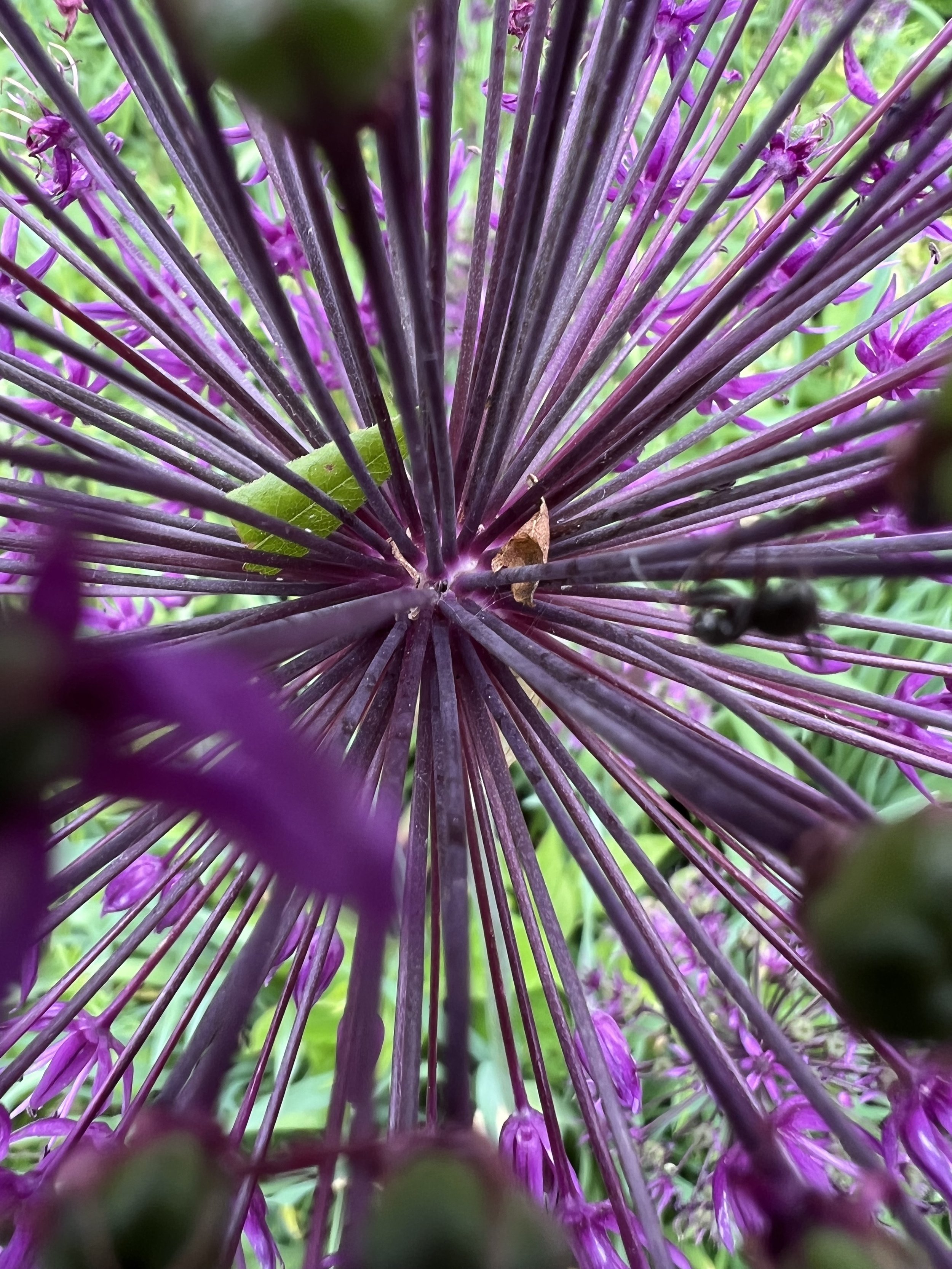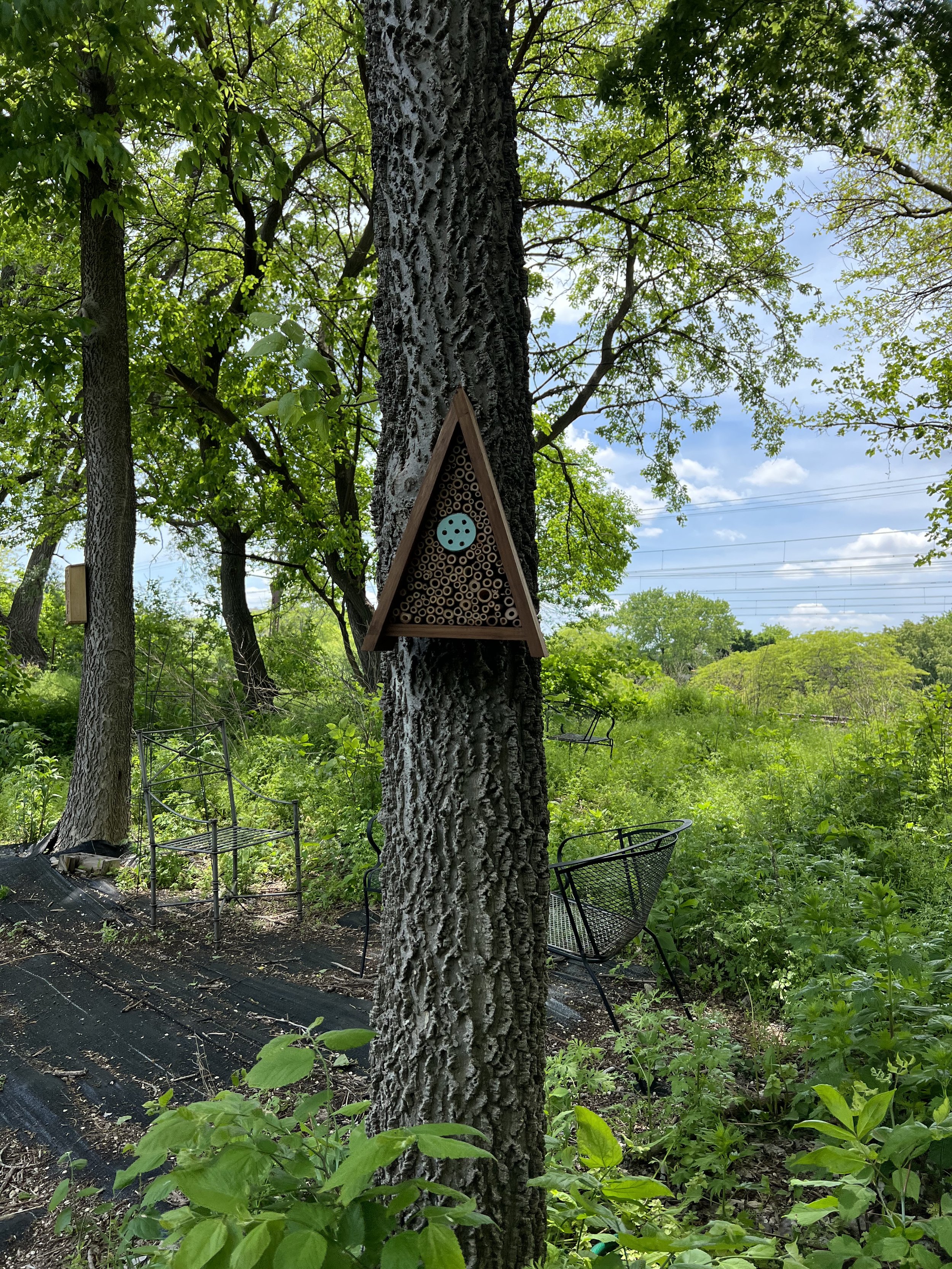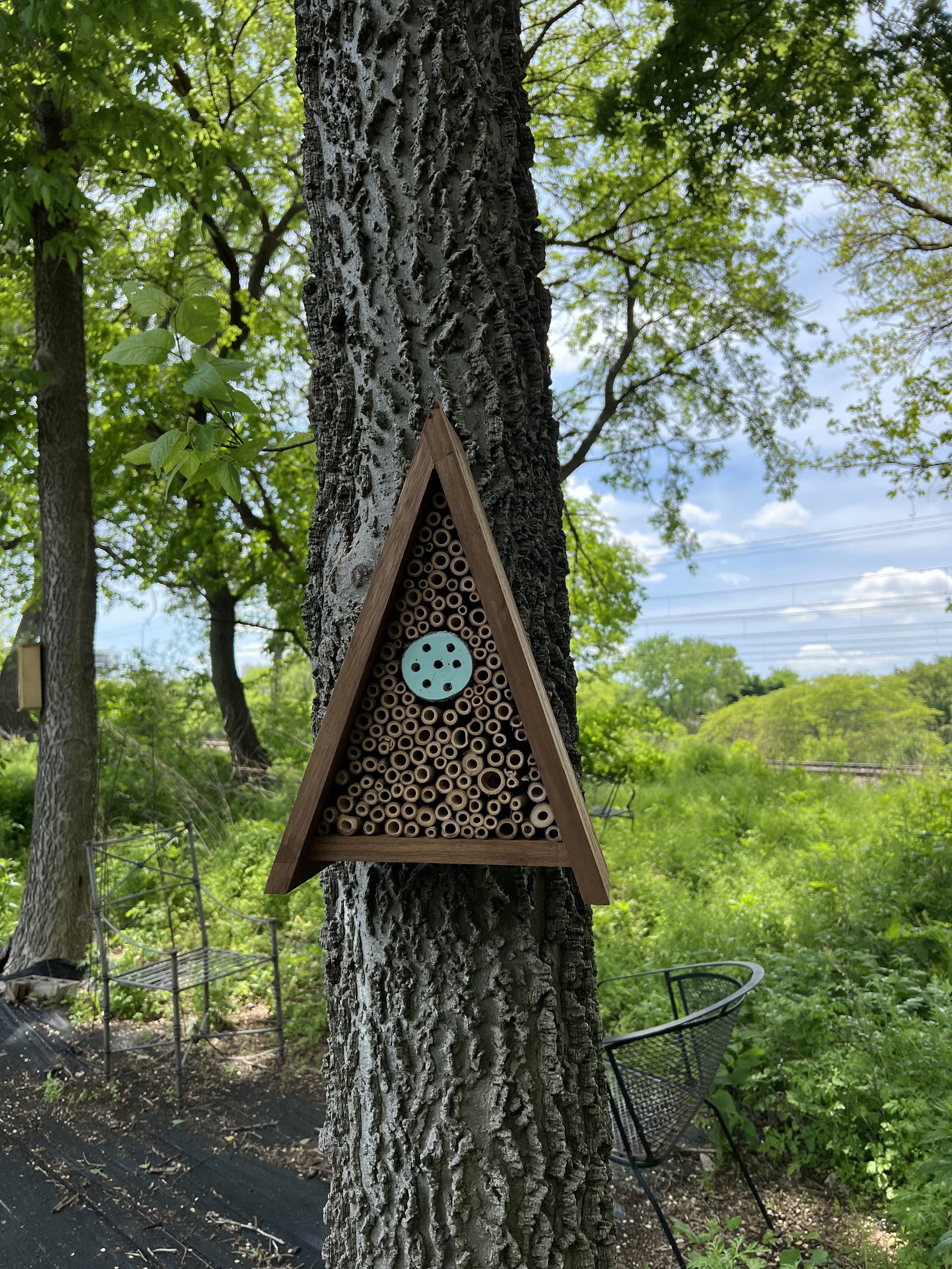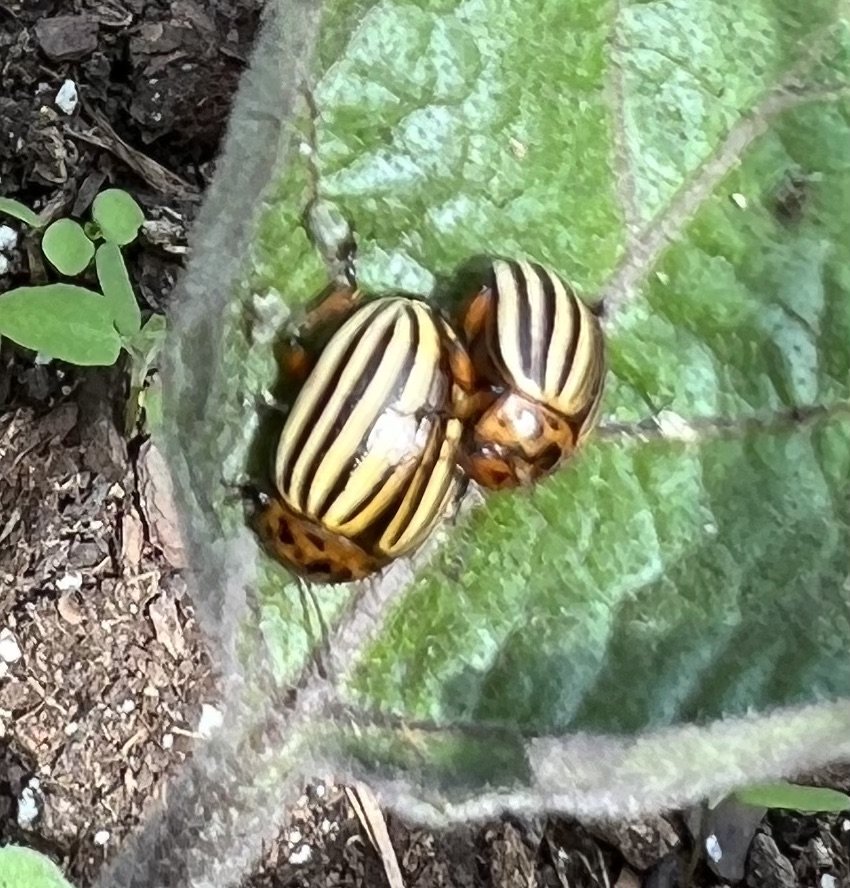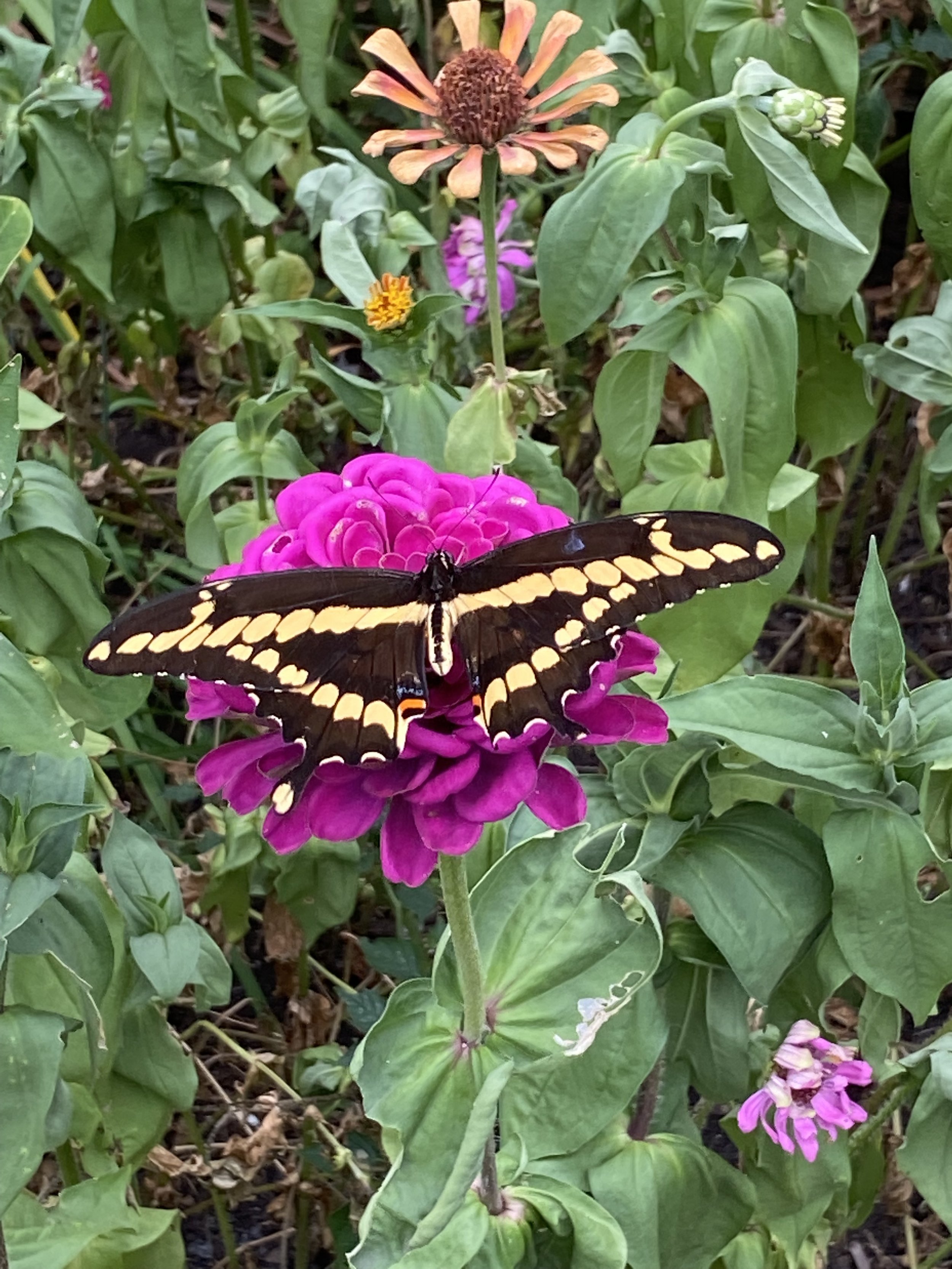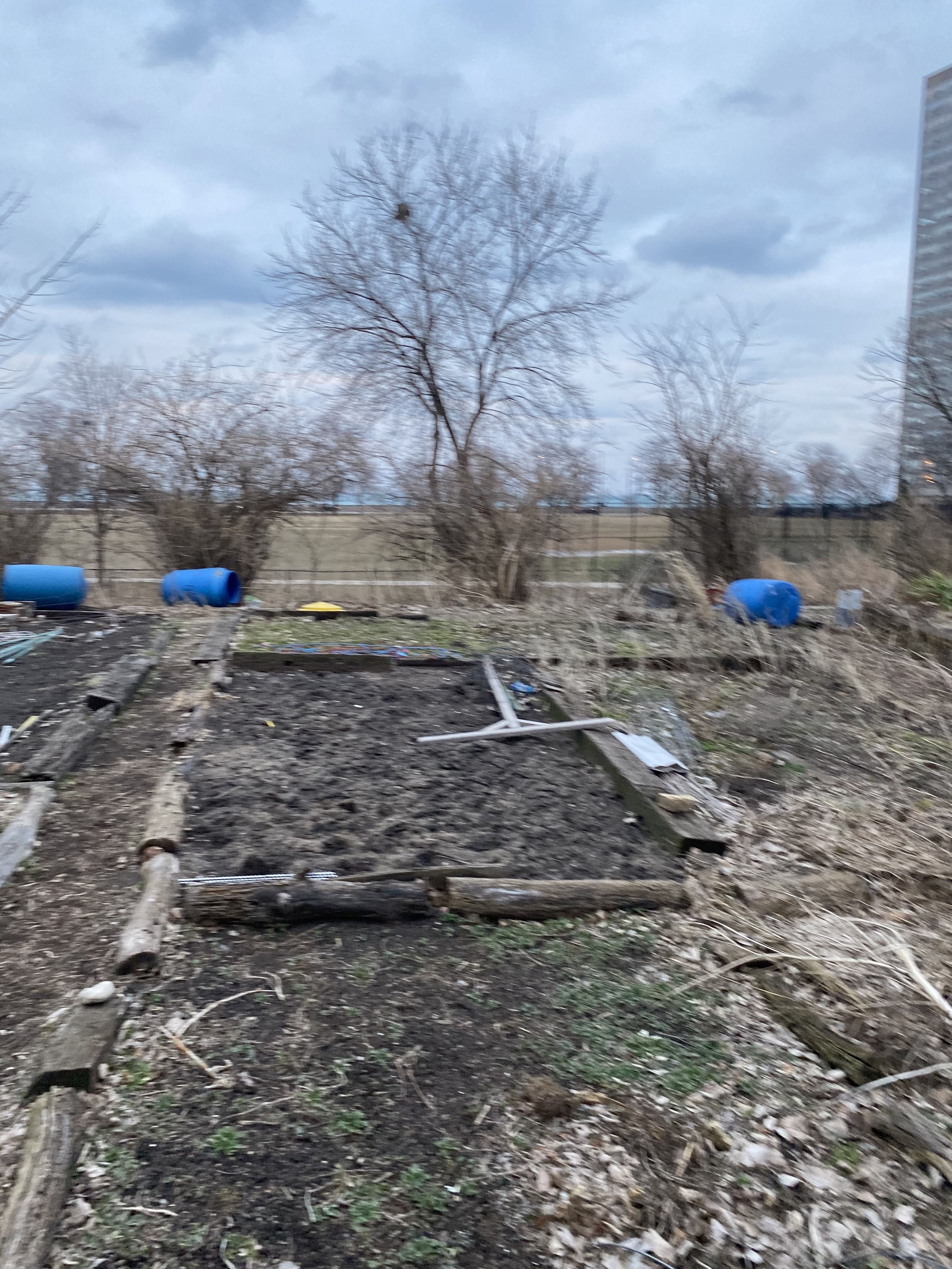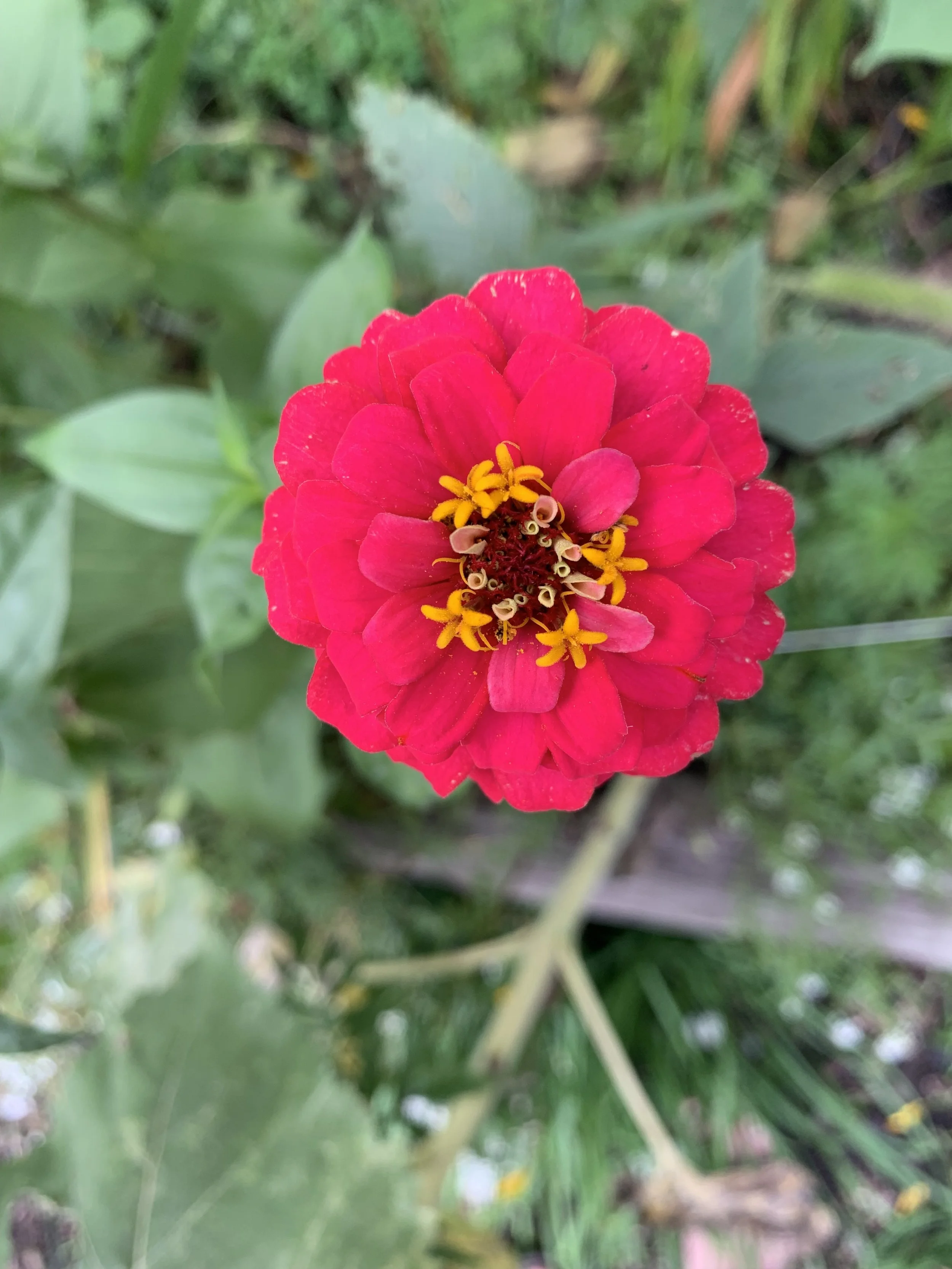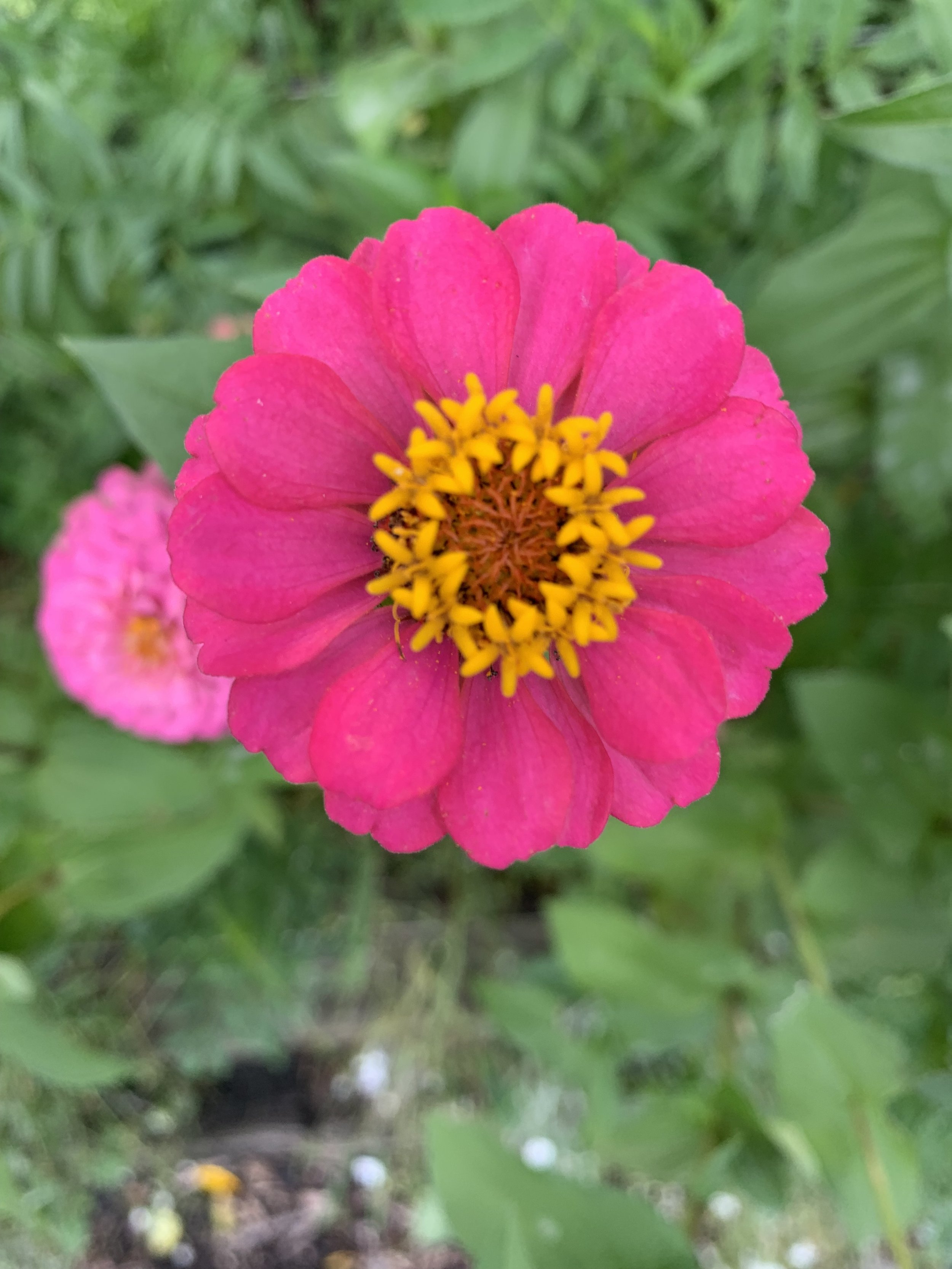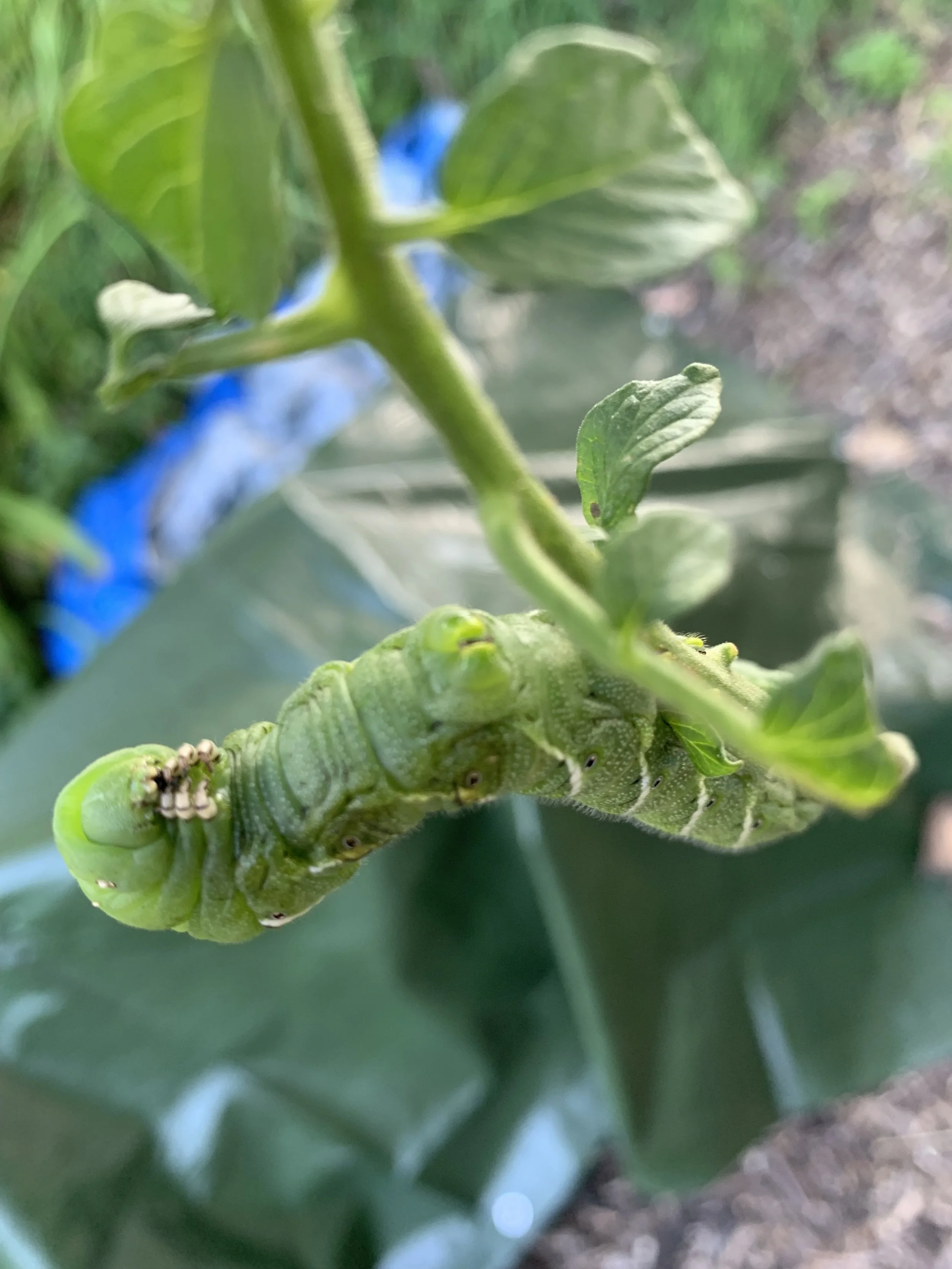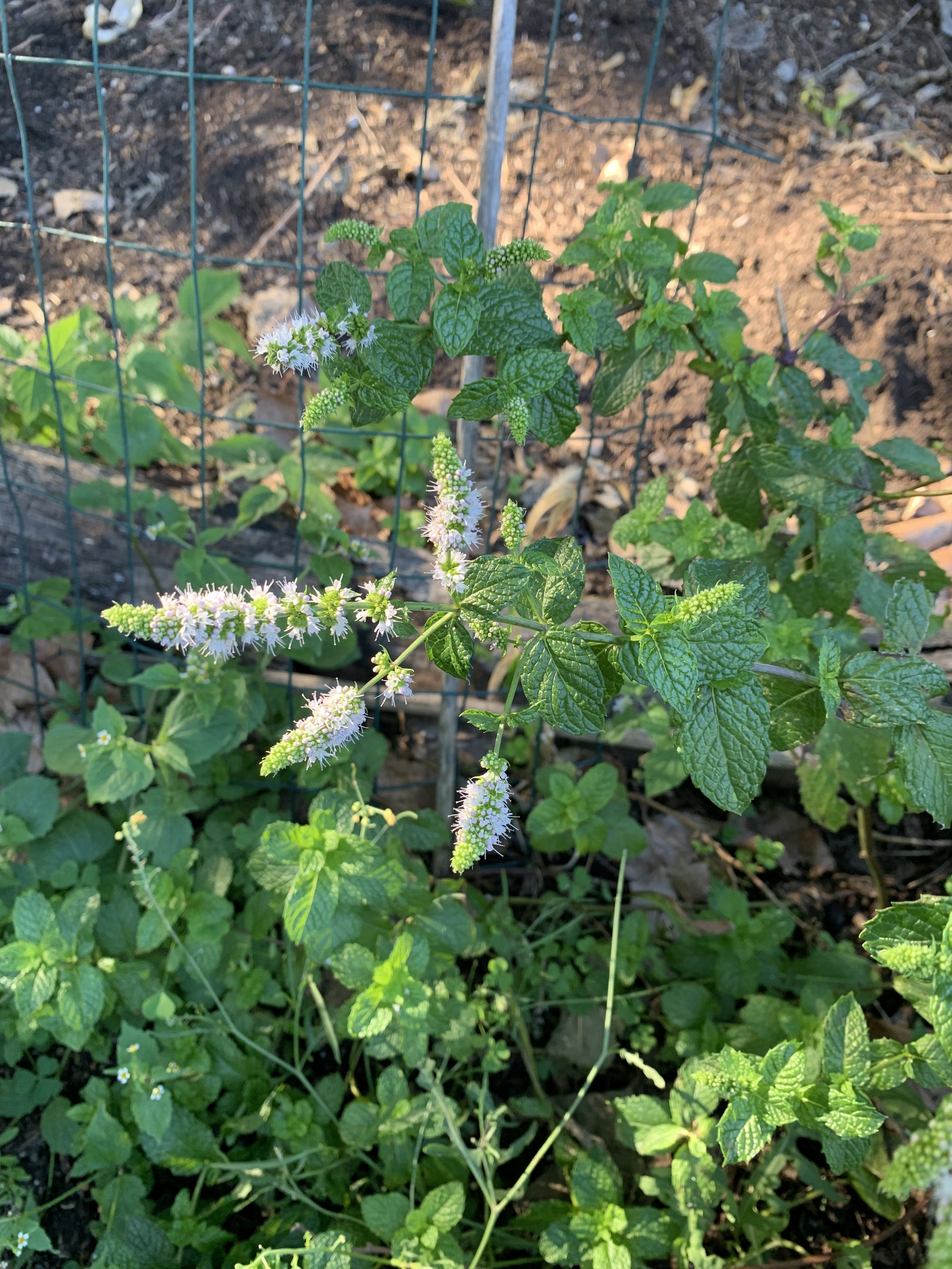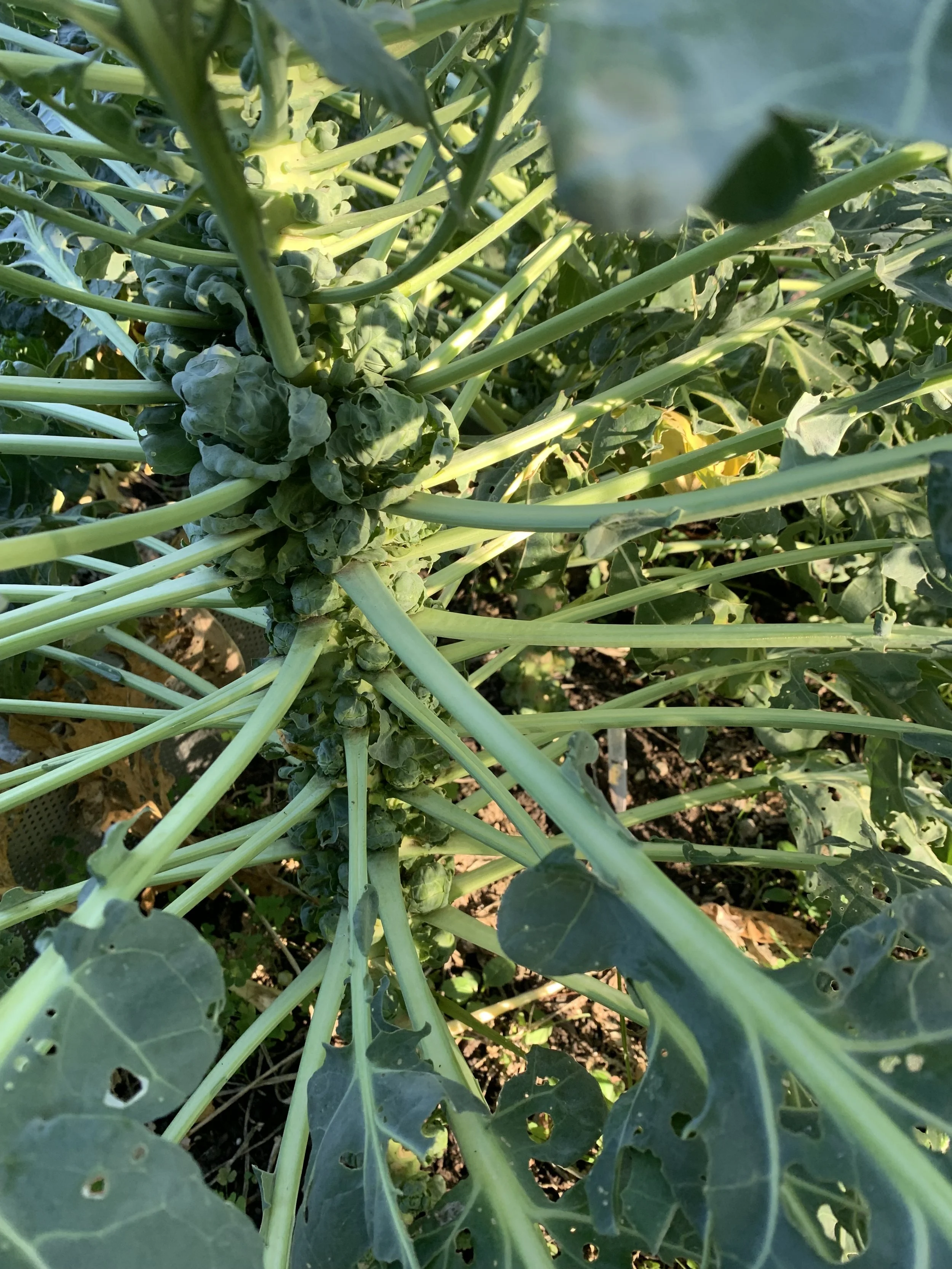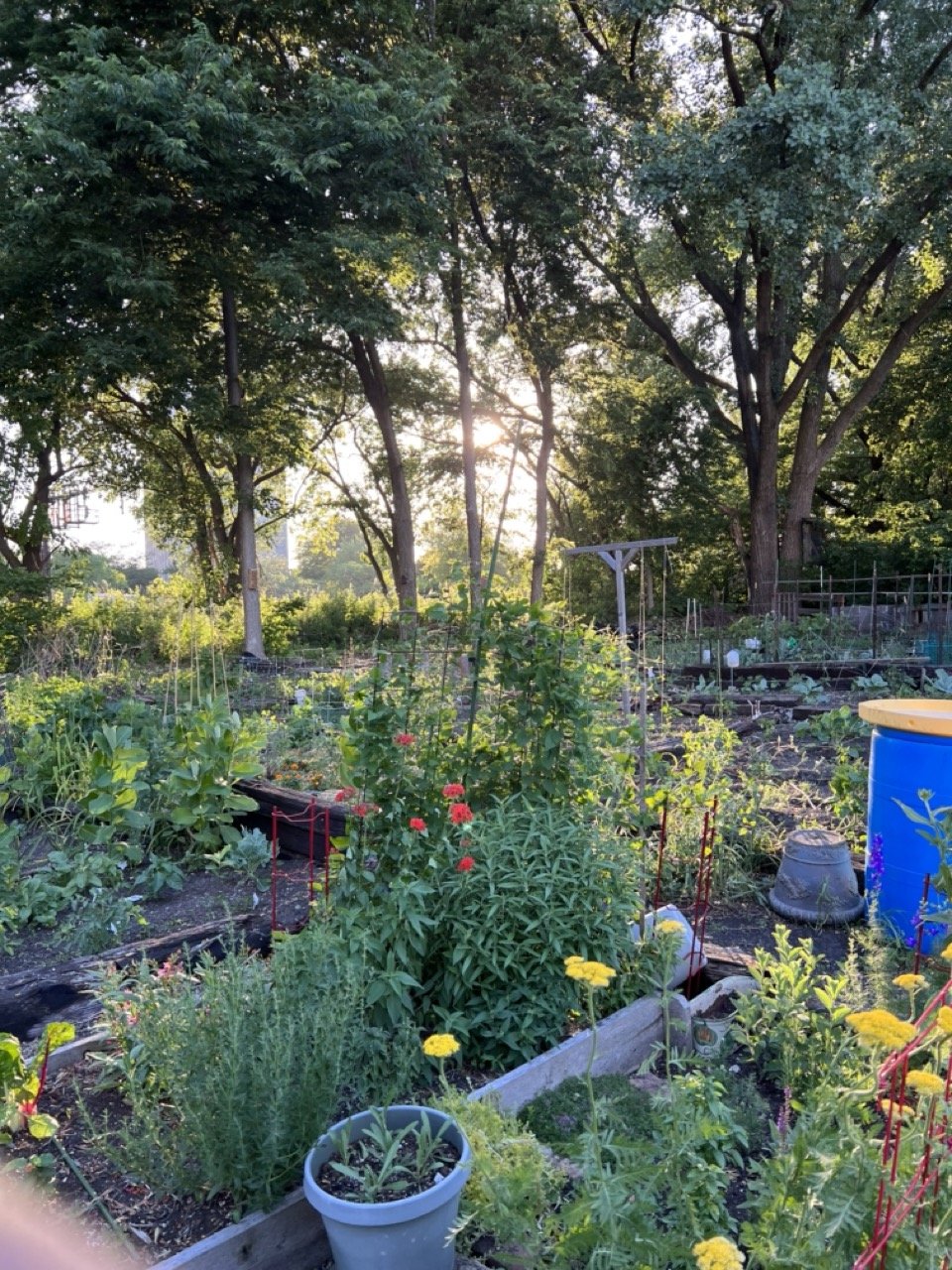
The Cornell Garden Oasis
Bringing people together through the soil
The Garden
Cornell Oasis Garden has been a part of the Kenwood/Hyde Park community for over 40 years. We are unique in having both vegetable garden plots and a large woodland with native wildflowers and ferns. A stroll through the woods opens into a glade with 42 garden plots. It is our intention to create a woodland/garden that attracts bountiful birds and butterflies and offers community members an opportunity to grow organic vegetables. In addition we offer guided birding/butterfly experiences for the public.
"I was lucky."
Gerda Schild (1915-2012) was well-known in the Hyde Park Community for her gardening, her bird-watching, her walking, and attending meetings of the Friends of the Parks, COOP board, HPKCC, CAPS, the University of Chicago Service League.
It was Gerda who founded the Oasis as it was moved from the Victory Gardens on what is now the Cornell Square townhouses development. Born Gerda Louise Charlotte Sachs on April 10, 1915 in Nuremberg, she grew up knowing both sides of life. In 1933, when Hitler began his rise, her Social Democrat father lost his job as a judge. Having failed to persuade her father to leave she got out herself on the English ship Athenia, which was torpedoed by a u-boat and then rescued and eventually landed in America.
She had no papers or passport and her clothes were covered with oil. When The City of Flint got to Halifax, the Red Cross gave her toiletries, and new clothes—a man's suit and tie. She could cable her relatives in Chicago, fortunately remembering their address (110 S. Dearborn), having written it and her passport number so many times on her applications. She wired the date of her expected arrival in New York, and they were waiting when she arrived.
A lover of nature, she met her husband Gerhard on a train to the Dunes. A friend had a lake house there, and introduced them, since he too was from Nuremberg. He was perfect for her, she said; "He had a wonderful imagination, which I lacked totally." They were married in 1941, and the best present they received was a short wave radio to get the news from Europe. When the US entered the war, she found that her German accent made her an "enemy agent" in the minds of some. She had to have a permit to get into the Indiana Dunes.
They moved to the Barclay in 1952. "I was lucky there too. There were victory gardens right across the street," (now the Best Western Inn & Lake Shore Drive Hotel).
"Over the years I have had many gardens. I would be kicked out of one and find a new place." Her last garden was the Cornell Oasis, beside the IC tracks south of 47". Before that, in the area which is now Cornell Square, behind the Fifth Army parking lot, she and others gardened for many years.
Everyone wondered why she grew wild flowers and "weeds" in her gardens--milkweed, butterfly weed, sunflowers. "Weeds for the insects and butterflies. A manicured garden is not as good for the insects and butterflies." Gerda seldom met an insect she didn't like. She never missed Members' Nights at the Field Museum (where she was a lifetime member) when she could get a tour of the entomology section and see the drawers of beetles. Her only enemy was the Japanese beetle, which has no predators and infested her gardens for years, devouring the evening primrose and grapevine leaves. Her summers were devoted to her war on these creatures. “I have killed 1,000s of them”, she boasted.
Birdwatching!
Saturday mornings she was a regular on the Wooded Island with the birdwatchers. She always carried her binoculars to see birds and her magnifying glass to see flowers close up. Birdwatchers often had problems with the Park District and found, over the years, that if she called the Friends of the Park, they would resolve any issue. They became her favorite charity. She boasted of the goldfinches lured to her garden by her sunflowers.
It is her spirt that infuses the plants, the space and the aura of our little paradise. We still see all her wildflowers at the hidden winding entrance to the garden. We still let the milkweed grow untouched and as a result are one of the most popular lingering grounds for the Monarchs as they pause on their 2,000 mile journey to Mexico.
By the entrance the garden itself is a small, tended rock garden in her memory. We gardeners are all lucky that Gerda Louise Charlotte survived the escape from Germany and found refuge in Hyde Park.
Adapted from the obituary by Mary Rose Shaugnessy.
Gerda: the ‘mother’ of the Oasis
Location
4850 Cornell Ave, up amongst the trees on the hill by the railroad.
Contact
website@cornelloasis.com
